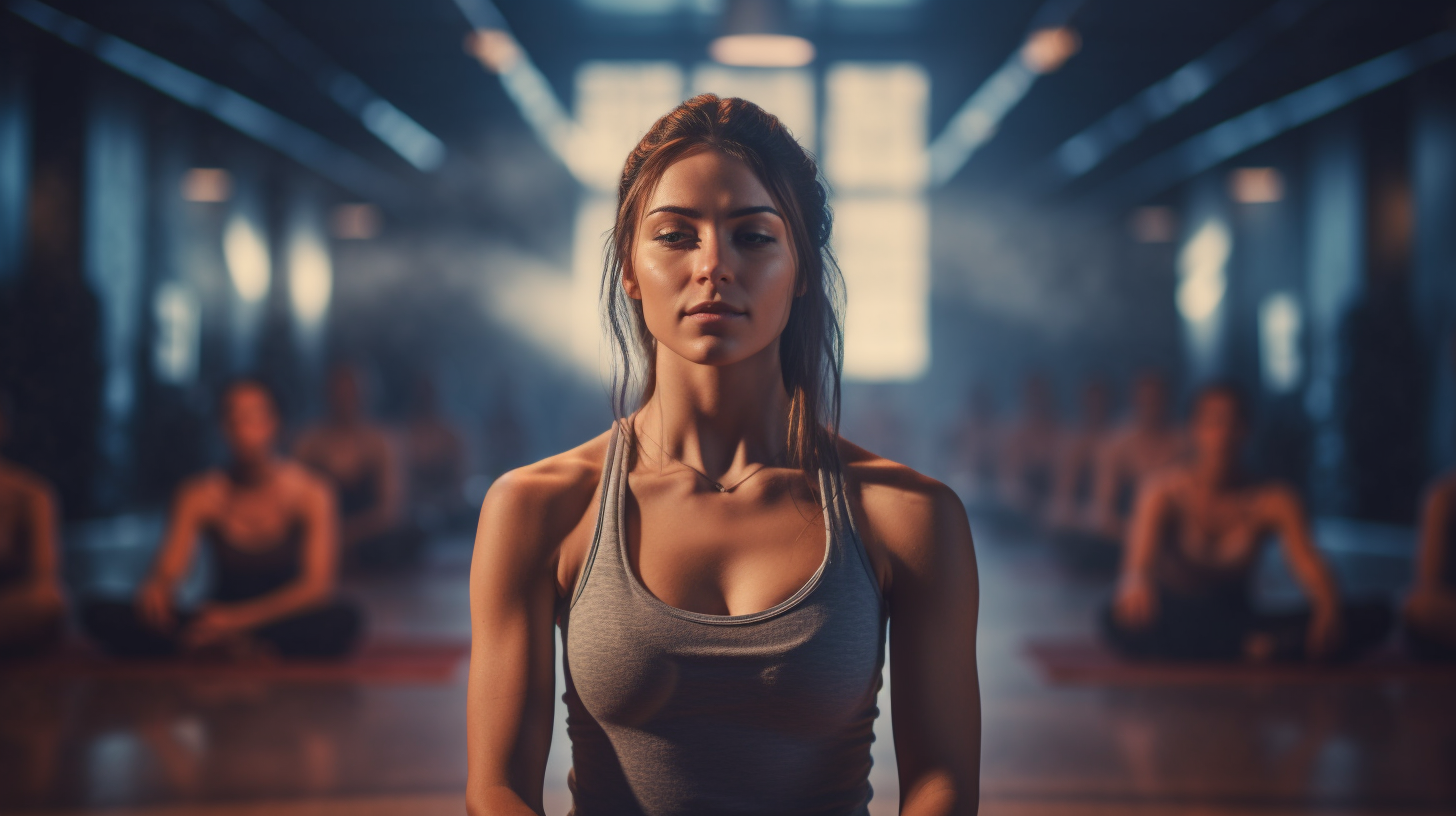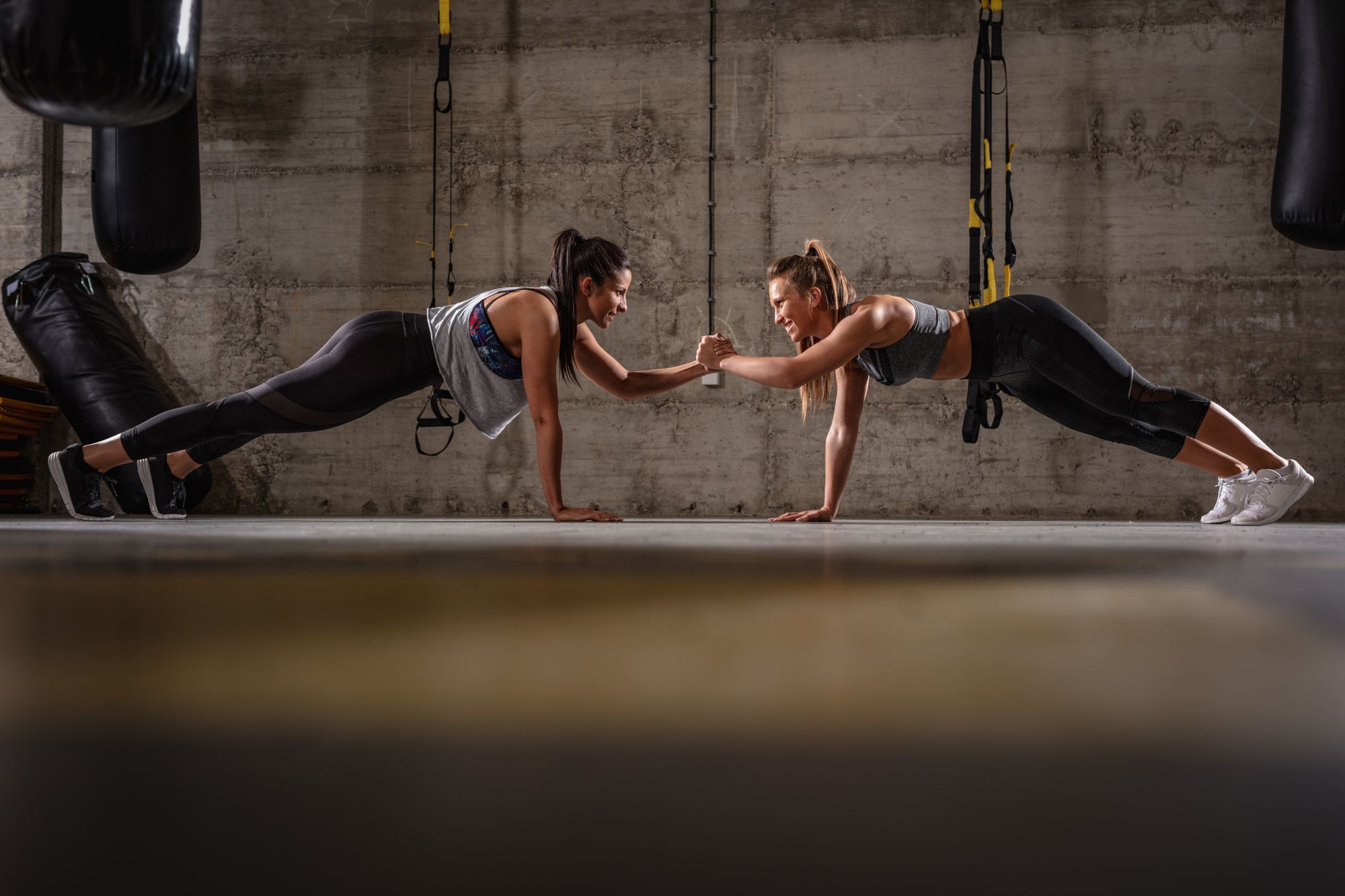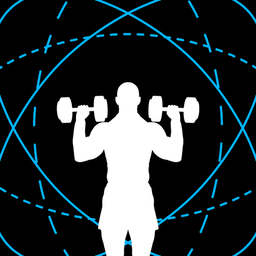Does Stretching Help Muscle Growth? (Yes, but Should You?)
Does stretching help muscle growth? Answer: yes — although, with a few caveats you should know before committing to an intense stretch routine.

As shown by AI's stratospheric rise in popularity, we're all believers in working smarter, not harder. So, what if you could skip going to the gyms and the reps altogether — yet still build the same muscle mass by simply stretching?
No, it’s not too good to be true. And, nope, no needles involved, either. 💉❌
Turns out, stretching does help muscle growth
Proof? This 2023 study published in the European Journal of Applied Physiology. The researchers recruited 69 participants and then randomly assigned them to 3 groups:
- Stretched the plantar flexors (i.e., calf muscles)
- Hypertrophy training for the plantar flexors
- No intervention; placebo
After 6 weeks, they found that groups 1 and 2 experienced significant and, more crucially, comparable improvements in maximal voluntary contraction, muscle thickness, and flexibility of the plantar flexors.
Woah. So, case closed *mimics a judge striking the gavel🧑⚖️ *: stretching does help muscle growth … right?
Eek. Not so fast.
But we might have left out a key detail 🫣
Yes, all group 1 ever did was stretch — but we didn’t mention for how long.
And why’s that so important to know? Well, it’s because they had to stretch their plantar flexors continuously for 1 hour daily. Those in group 2, on the other hand, just had to train their calf muscles thrice weekly, with a routine of 5 x 10-12 reps (~15 min per session).
Doing some quick math, that’ll mean those in group spent:
- 7 whopping hours
- 45 minutes
… weekly to see the same results.
Huh, look at how fast the tables have turned. Who’s working smarter, not harder, now?
When is it appropriate to stretch for muscle growth?
You may be thinking, “Wait, so I shouldn’t bother stretching?”
Um. That’s not what we said. There are still a few select scenarios where stretching could help you achieve better hypertrophy outcomes. Let’s go through each scenario in detail.
When it’s the only thing you can do
Injured? Can’t get to the gym?
Then, instead of doing nothing, you could stretch to potentially maintain muscle mass and strength.
Psst, if you are nursing an injury, you might want to read these:



Striving for more range of motion during an exercise
With all the hype it’s gotten, you should be familiar with the concept of stretch-mediated hypertrophy at this point.
But if you aren’t, here’s a brief rundown.
It's a phenomenon where training at long muscle lengths (e.g., just doing the bottom half of the bicep curl) causes:
2️⃣ Considerably more hypertrophy than partial ROM training at short muscle lengths
Meaning? You should strive to get a deeper stretch on your exercises when possible and safe. Now, speaking of "safe", here are a few exercises where it's probably not a good idea for you to chase ROM:
- Barbell back squats, especially when you don’t have the necessary mobility (friendly reminder: please, please, please always use safety bars!)
- Romanian deadlifts
- … or just about any other “Big” compound lifts (e.g., barbell bench press)
For more information:

Between exercise sets
What do you usually do between sets?
Thumb through TikTok videos? Throw sneaky glances at your gym crush?
Don't worry. We're not asking you to stop doing those; instead, consider adding stretching to the mix for bigger muscles.
We’re not kidding. Inter-set stretching could really take your muscle growth results to the next level — at least, that’s what this 2019 study published in the Journal of Strength and Conditioning Research says.
The researchers randomly assigned participants to 2 groups.
Both groups performed full-body training sessions twice weekly on non-consecutive days.
The only difference between the groups was that 1 group performed static passive stretching for 30 seconds between sets while the other didn't.
After 8 weeks, the researchers found that participants who’d performed inter-set stretching experienced a significant increase in their vastus lateralis (a quad muscle) than those who didn’t.
You may be wondering, “What about the other muscle groups?” (Because the participants were subject to a full-body training routine, after all.) Good catch.
While the results weren’t statistically significant, the researchers also found hypertrophy results to lean in favor of inter-set stretching for the other 3 muscles:
- Biceps
- Triceps
- Rectus femoris (another quad muscle)
Takeaway? Stretching, or more specifically, inter-set stretching, does appear to help with muscle growth.
👎 Decrease power output
👎 Decrease the number of reps you can do with a given load
👎 … and, thus, hurt resulting muscle growth
After or between lifting sessions
You shouldn’t only stretch between sets, either. You could also do it whenever you get a chance to.
To convince you, we’ll bring up this 2017 review of 14 studies published in Human Movement Science.
Its conclusion?
Chronic stretching may increase strength over time. And you know what that means: more strength = increased potential for training volume = more muscle growth. We don’t know about you, but that sounds like music to our ears. 🎶
Stretching does help muscle growth, but …
Alright. As this article has shown, while stretching does help muscle growth, it doesn't make sense to rely exclusively on it. It'll take up too much time. And, not to mention, you'll likely see sub-optimal results without pairing your stretch routine with:
• A well-planned resistance training program and
• The right fuel for your growing muscles (and body)
Not sure how to train and/or eat right for your fitness journey?
That's OK. GymStreak — the smart, better-than-ChatGPT AI-powered personal trainer app — can help (and has helped thousands like you) to tailor your training + nutrition routine to your specific goals and needs. No more wondering. No more floundering. Just guided progress every day.
Check it out:
Workout Programming + Nutrition Tracking, Off Your Hands
*sigh of relief* We'll guide you through it all — step-by-step. Just download the app, and you'll be making progress toward your dream body like never before.
References
Barroso, Renato, et al. “Maximal Strength, Number of Repetitions, and Total Volume Are Differently Affected by Static-, Ballistic-, and Proprioceptive Neuromuscular Facilitation Stretching.” Journal of Strength and Conditioning Research, vol. 26, no. 9, Sept. 2012, pp. 2432–37. PubMed, https://doi.org/10.1519/JSC.0b013e31823f2b4d.
Evangelista, Alexandre L., et al. “Interset Stretching vs. Traditional Strength Training: Effects on Muscle Strength and Size in Untrained Individuals.” Journal of Strength and Conditioning Research, vol. 33 Suppl 1, July 2019, pp. S159–66. PubMed, https://doi.org/10.1519/JSC.0000000000003036.
---. “Interset Stretching vs. Traditional Strength Training: Effects on Muscle Strength and Size in Untrained Individuals.” Journal of Strength and Conditioning Research, vol. 33 Suppl 1, July 2019, pp. S159–66. PubMed, https://doi.org/10.1519/JSC.0000000000003036.
Markovic, Goran, et al. “A Meta-Analysis To Determine The Acute Effects Of Static Stretching On Jumping And Sprinting Performance: 800: May 28 1:00 PM - 1:15 PM.” Medicine & Science in Sports & Exercise, vol. 41, no. 5, May 2009, p. 85. journals.lww.com, https://doi.org/10.1249/01.mss.0000353534.75157.3d.
Medeiros, D. M., and C. S. Lima. “Influence of Chronic Stretching on Muscle Performance: Systematic Review.” Human Movement Science, vol. 54, Aug. 2017, pp. 220–29. PubMed, https://doi.org/10.1016/j.humov.2017.05.006.
Warneke, Konstantin, et al. “Comparison of the Effects of Long-Lasting Static Stretching and Hypertrophy Training on Maximal Strength, Muscle Thickness and Flexibility in the Plantar Flexors.” European Journal of Applied Physiology, vol. 123, no. 8, Aug. 2023, pp. 1773–87. Springer Link, https://doi.org/10.1007/s00421-023-05184-6.


